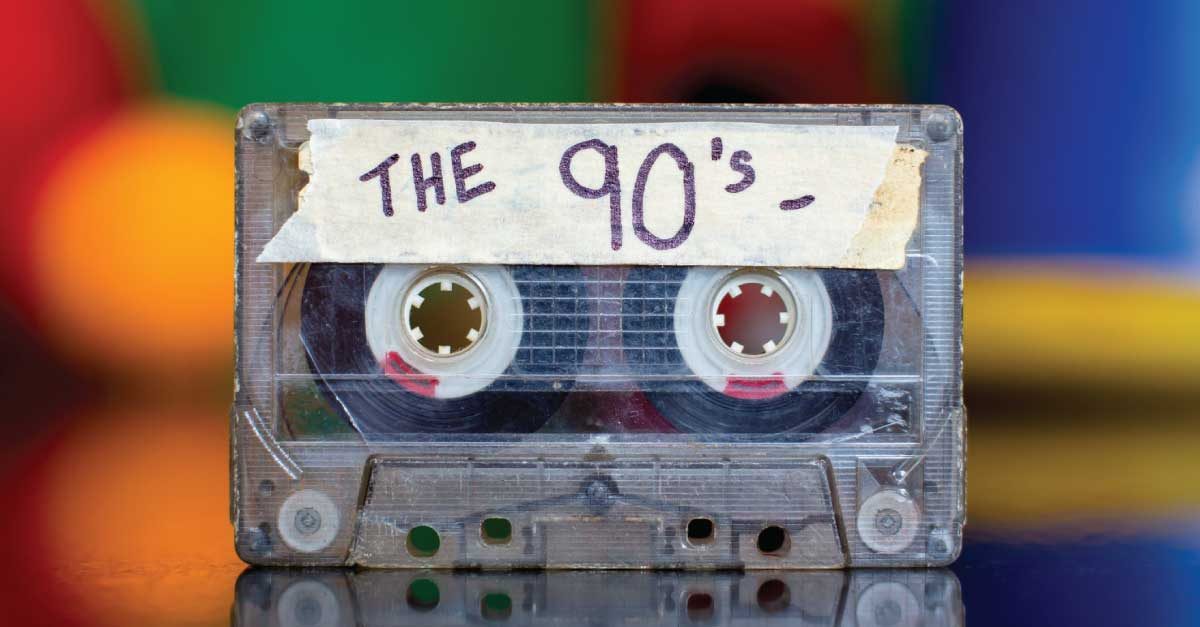Nostalgia marketing aims to connect your brand with feelings of comfort and security associated with positive memories of the past. Market research combined with emotion research can help your brand successfully accomplish this.
Nostalgia can be a great brand journey.
That warm feeling that makes you smile as you recall your favorite memories evokes a powerful response. For brands, this can be leveraged to remind consumers of how their products can help bring those feelings back more frequently.
For example, Coca-Cola often has been successful with nostalgia marketing. The brand’s loyal customer base and decades as a beverage industry titan make such campaigns seem effortless. Yet, it is through creative and strategic design as well as research that make these campaigns effective.
Positive brand interactions, consistency, and authenticity build customers’ trust and loyalty. Putting these moments of joy and simplicity on display – a kid drinking a Coke on a hot summer day or pairing its sweetness with the saltiness of comfort foods like a burger and fries – helps the brand connect with consumers on an emotional level.
Nostalgia marketing taps into a brand’s heritage. It also can help a brand pivot to remain relevant.
Another example of a brand that has nailed this type of marketing is Harley-Davidson. It’s a strong brand that hits the mark with its main audience—middle-aged men. However, with electric vehicles and smaller, emerging markets on the rise, company leadership launched The Hardwire, its 2021-2025 strategic plan targeting long-term growth and brand positioning as the most desirable motorcycle brand in the world.
When well-researched, nostalgic marketing can help companies address consumer pain points and stretch equity into new categories. If you’re looking at a product that worked well in the past, what are consumer needs and goals today? If there are gaps, how strongly do customers feel about the issues? How would they feel if new solutions were introduced?
The key to nostalgia marketing is knowing what motivates your audience and where their deepest emotional receptors lie.
Emotion research goes beyond traditional qualitative market research to uncover and quantify how consumers actually feel.
Especially in times of uncertainty, we crave familiarity. This reflects our psychological needs to attain comfort and stability. By layering emotion research on top of traditional customer and product research, the insights gained can strengthen marketing campaigns.
Emotion research tools, like Emotion Intelligence, can uncover the hidden sentiments, opinions, and associations consumers have. The data collected by using these tools can be used to refine any aspect of a branding or messaging campaign, customer experience program, or actual product or service. You can tailor each step of the journey in new, meaningful ways and through multiple channels.
It’s pleasantly ironic that well-crafted nostalgia marketing can reinvigorate a brand’s positioning. The way in which we live is evolving constantly; it’s imperative for brands to stay connected. There’s no better time than now to research and design for each of your ideal customer profiles. If you’re not uncovering how people feel while using your products, there is a simple and scalable solution available.
How to get insights:
Why does all this matter to a brand, and how does one go about gathering these insights? A variety of methodologies can be used to uncover consumer sentiment and gauge emotional reactions to concepts.
Online bulletin boards
One effective method is to create an online bulletin board where participants can share ideas, pictures, videos, concepts, drawings, and other creative materials that best describe their feelings. This allows for an open flow of creativity and inspiration for users to express what they feel when they need a product and when they use a product.
Ethnography studies
Another research tactic would be to conduct an ethnography. In market research, an ethnography is the study of people in their own environment and can include participant observation and face-to-face interviews. Watching someone go through their purchase process and use the product often leads to a deeper understanding of what is valued as well as what still needs work.
Emotion research toolkits
Emotion Intelligence can be applied to a range of possible data sources, including online bulletin board discussions, interview transcripts, survey data, social media comments, online product reviews, and more.
Get in touch to learn more. The Martec Group has been conducting Emotion Intelligence research for nearly a decade and has 38 years’ experience in customer and product research.




